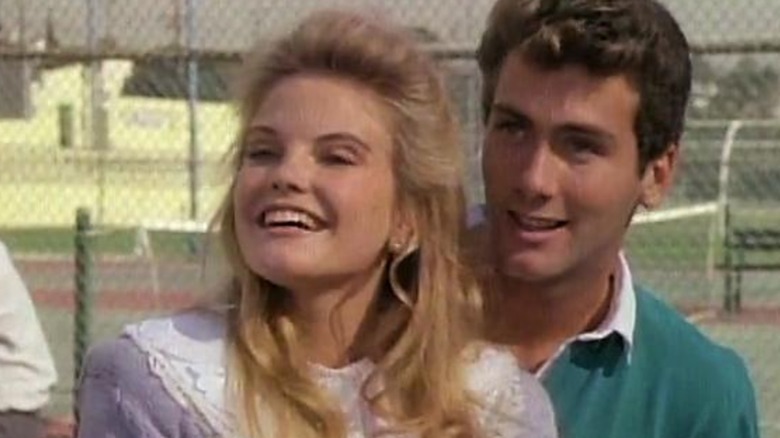Bryan Forbes’ 1975 psychological thriller “The Stepford Wives” is a cautionary tale for the ages. There’s a campy element to the film that only sharpens its satirical edge, but when it does lean into its scathing commentary, the pathos is genuine. An adaptation of Ira Levin’s eponymous novel, “The Stepford Wives” has garnered consistent cultural mileage over the decades, inspiring more recent mystery thrillers like “Don’t Worry Darling” (which essentially duplicates the original’s premise without success or conviction).
Although Forbes’ story is more layered than it initially seems, the core critique lies in the systemic subjugation of women through patriarchal practices, where they’re reduced to non-entities who are subservient to the men they’re married to. This is taken to infuriating extremes in Forbes’ film, and when Joanna Eberhart (Katharine Ross) moves to Stepford with her husband, we get to perceive the community’s odd social behavior through the eyes of a baffled skeptic. Joanna immediately notices that the women in the community are obsessed with being picture-perfect housewives, while the men are more than happy to do the bare minimum and revel in the subservience of their wives.
The psychological horror aspect of the film intensifies towards the end, leading to a rather bleak ending. Although the story is nowhere near perfect, it connects tradwife identity politics to rampant consumerism in some interesting ways. As culturally relevant as Forbes’ film is, it is a lesser-known fact that “The Stepford Wives” spawned three (!) associated titles, forming a horror franchise that is still overshadowed by the original.
The Stepford Wives sequels are all made-for-television stories
The first direct sequel in question is 1980’s “The Revenge of the Stepford Wives,” a made-for-TV horror thriller that takes place 10 years after the events of the original film. This little story examines the consequences of couples wanting to leave Stepford, prompting TV reporter Kaye Foster (Sharon Gless) to visit the seemingly idyllic community for an investigation. The immediate signs that something ominous is afoot are more overt here, as Kaye notices the women popping pills multiple times a day after a siren blares through the town speakers. As the plot progresses, Kaye establishes herself as a sharp, resourceful protagonist dedicated to the emancipation of the women trapped at Stepford, even after she learns the heinous truth. This is one of the better entries in the franchise, despite sporting an ambiguous ending that doesn’t fully explore the central trope of revenge.
Next up, we have 1986’s “The Stepford Children,” in which a couple moves to Stepford with their kids, David (Randall Batinkoff) and Mary (Tammy Lauren). David and Mary’s father, Steven (Don Murray), seems bothered by their laidback and carefree spirits and joins the nefarious Men’s Association to assimilate them into obedient, accomplished robots with little to no sense of self. The children, although unaware of this, become spooked by the attitudes of the adults around them, who seem to be obsessed with monitoring their children to help them achieve a “perfect” social image. Now, this is a decent follow-up to “Revenge,” but lacks the finesse of its predecessors, along with the conviction to tell a story that remains committed to the themes of parental abuse and its repercussions.
You might’ve already sensed a theme here, so it shouldn’t be surprising that the final entry in this series is called “The Stepford Husbands” (which opens with a man violently killing his wife before committing suicide). The story attempts to flip the original concept on its head by presenting the men at Stepford being docile to their wives, with the Stepford Institute for Human Behavior being responsible for this shift. Shabby writing and uninspired performances aside, this inverted concept in “The Stepford Husbands” falls flat due to the glaring lack of real-life mirroring, as even the strongest brand of misandry cannot compare to the horrifying consequences of violent misogyny that affect everyone in society. This is the shallowest rendition of a familiar premise, and the most creatively bankrupt out of the trio.
Although nothing can eclipse the raw impact of the 1975 originals, these follow-ups (save for the third one) are decent enough for a one-time watch.
